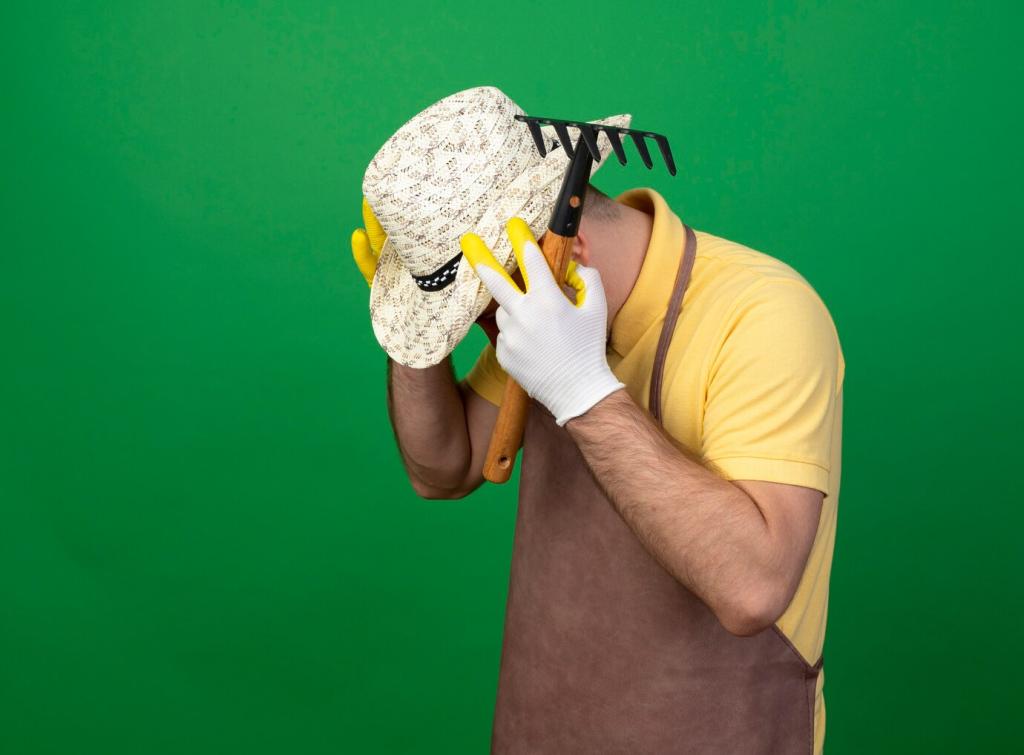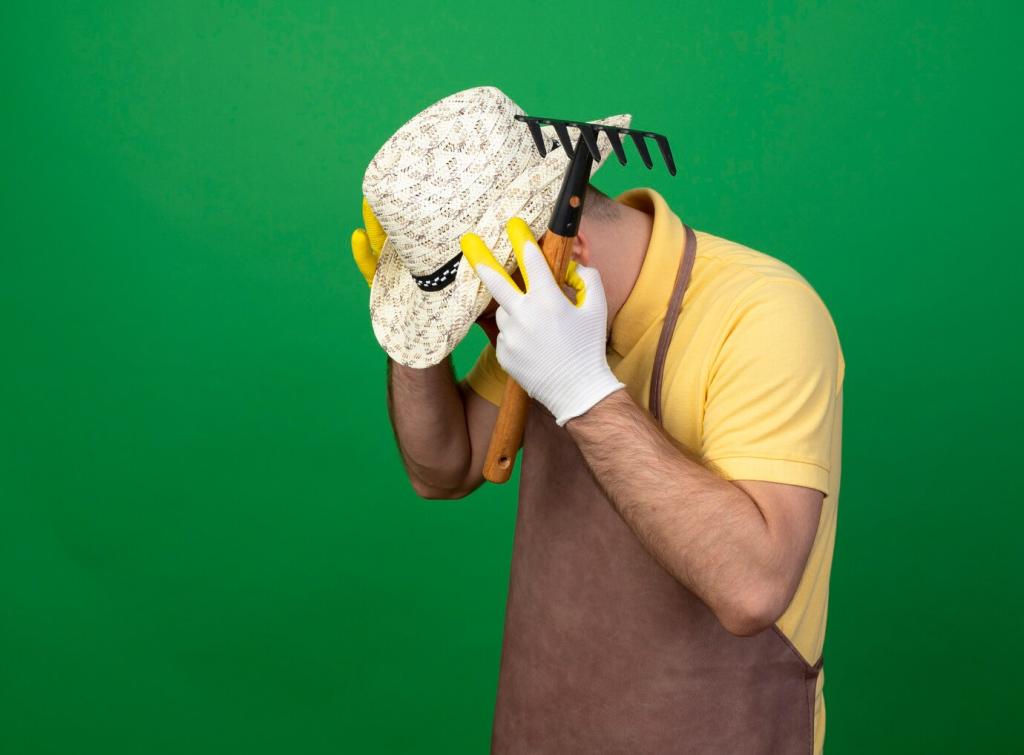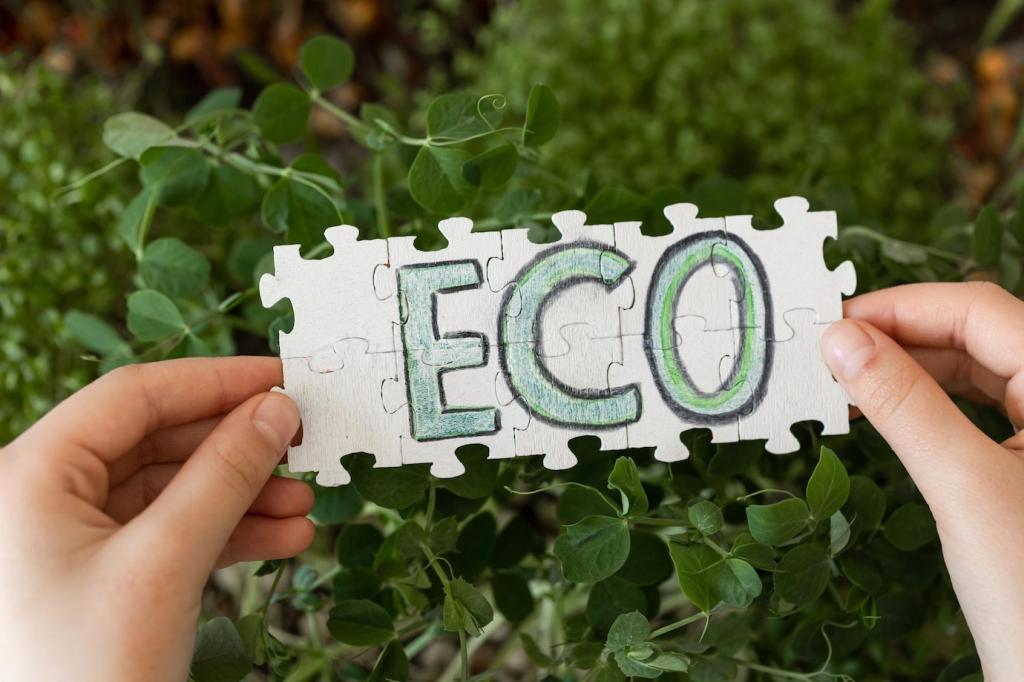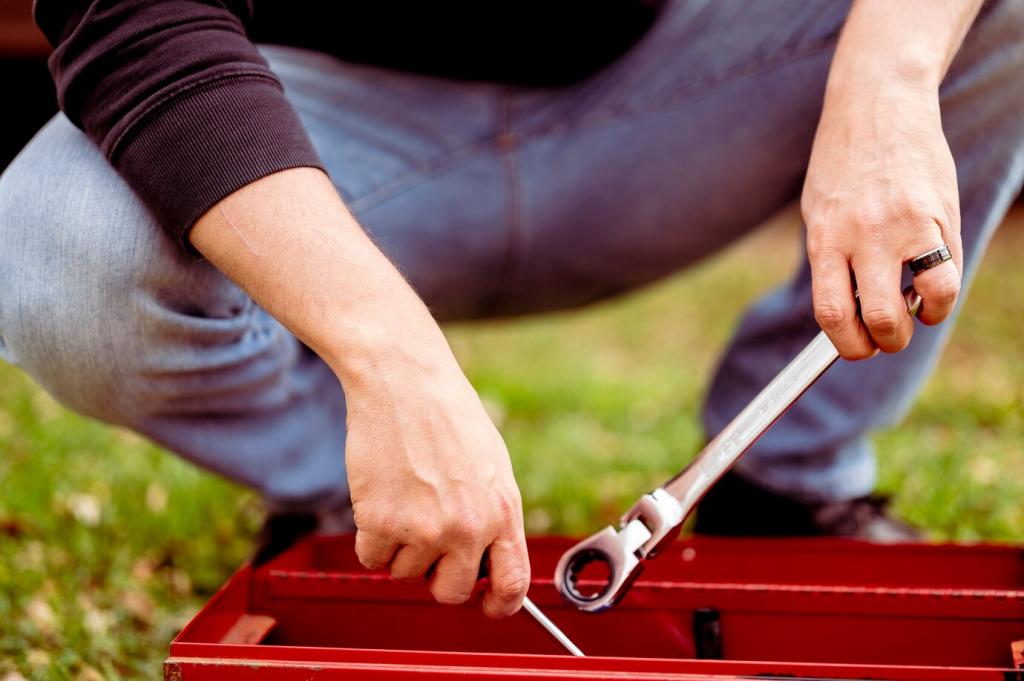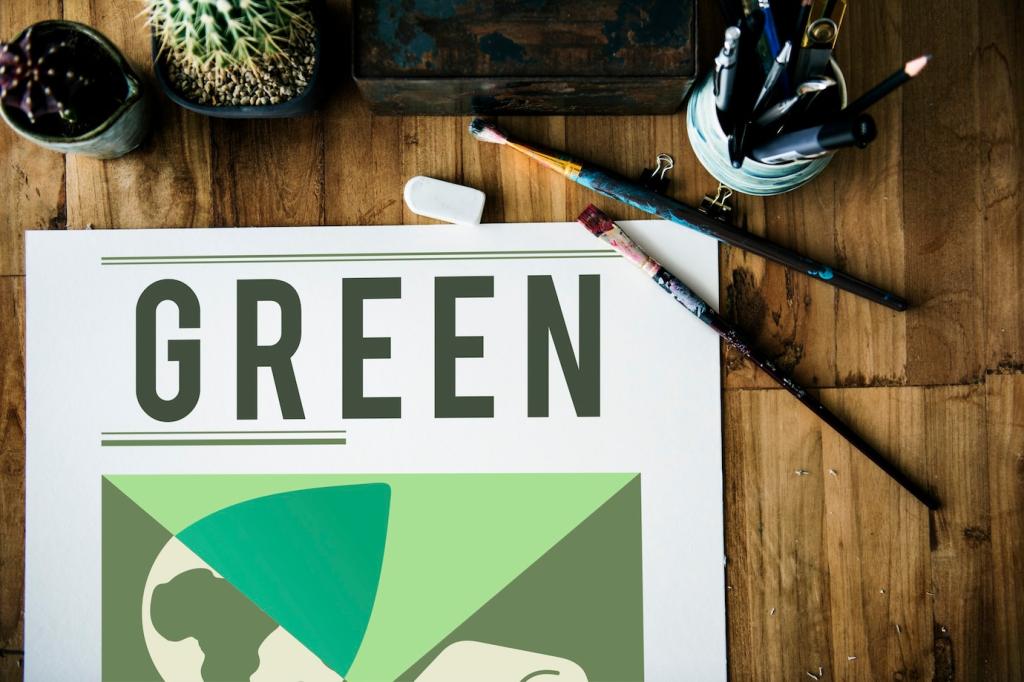Gentle Cleaning the Eco-Wise Way
Mix a few drops of plant-based castile soap into distilled water, dampen an upcycled cotton cloth, and gently lift dirt in small circles. Avoid petroleum surfactants that strip finishes and stress fibers.
Gentle Cleaning the Eco-Wise Way
Always test on a hidden seam. Leather prefers mildly acidic care, so keep solutions gentle, avoid oversaturation, and blot rather than rub. A soft natural-bristle brush helps coax debris from stitching safely.

